20




n YANKTON COLLEGE
continued from page 11
YANKTON COLLEGE
continued on page 22
C arpet
L arse n
212 Walnut|605.665.2067
Historic Downtown Yankton
LAMINATE |PORCELAIN |RESILIENT |HARDWOOD
What would become of the 53-acre campus that was Yankton
College? What were the possibilities of selling it intact and not all
sliced up? The Yankton community and the trustees would
dedicate themselves to turning a significant disaster into a future
asset. Incidentally, other communities in the region were facing
the same sudden closures, as Huron College, Springfield’s Southern
State College and Westmar College were forced to close for similar
reasons.
The possibility of the YC campus being used as an educational
facility was not ruled out, including the ideas of replacing the liberal
arts school with a vocational one or the Christian school proposed
by the Smyth-Rike Corporation; but nothing came to fruition.
Numerous ideas to utilize the campus were wrestled with and
rejected.
As the disposal of YC real estate and personal property was
underway in 1987, local businessman Don C. Peterson became the
next YC president and remained tenacious to reviving the Yankton
College campus, contacting numerous individuals, but with no
success. His eventual call to U.S. Senator Larry Pressler initiated
the connection with the Justice Department. Peterson did not
want to depart from his objective to re-establish the college as it was
or similarly so, but it became evident that the federal government
could supply the necessary funds to keep the campus intact and
maintained; as a prison site.
The Federal Bureau of Prisons toured the campus and
announced that with renovation, the campus could house Level 1
prisoners, only if the citizens of Yankton were happy with the
prison situated in the middle of a residential district and close
proximity to elementary schools. This idea brought instant reaction
and a town feud ensued. The Citizens for a Better Alternative was
formed forcing a vote calling for the city to buy the campus. The
proposition was soundly defeated and the trustees authorized
President Peterson and an oversight committee to pursue the
possible sale to the federal government.
On January 1988, the trustees accepted a letter of intent to buy
the campus from the FBP and filed it with the reorganization plan.
A check from the federal government arrived for $3,100,000
allowing the school to fulfill faculty and staff contract obligations,
pay the creditors with allowable claims and the attorneys’ fees.
When it was over, the trustees had almost a million dollars left.
Yankton College had a chance for a new beginning (not without
some divergent thoughts from alumni and trustees along the way).
Yankton College would continue – with money – in a
non-traditional way that was hardly imaginable in the dire days of
1984.
In 1989, Yankton College moved heaping boxes of its student
records and transcripts, archives and memorabilia to a basement in
a downtown Yankton building. The student-less institution was
kept alive by three paid individuals and many volunteers. Dr. Willis
Stanage was appointed as the 14th president of his alma mater and
led the charge.
Emphasis was placed on alumni outreach. The Bulletin, an
alumni publication, was resurrected. All-class reunions were
scheduled in an effort to keep alumni involved. Fundraising began
to fund operating the office and to create scholarship endowments.
The College Without Walls concept was created and successfully
MEET THE
ULTIMATE COMFORT
SYSTEMTM
and save now with
rebates up to $2300
plus ask about our Bonus Discount
HEATING & COOLING
920 Broadway, Yankton, SD • 665-9461 • 1-800-491-9461
20 v HERVOICE MAY/JUNE 2014


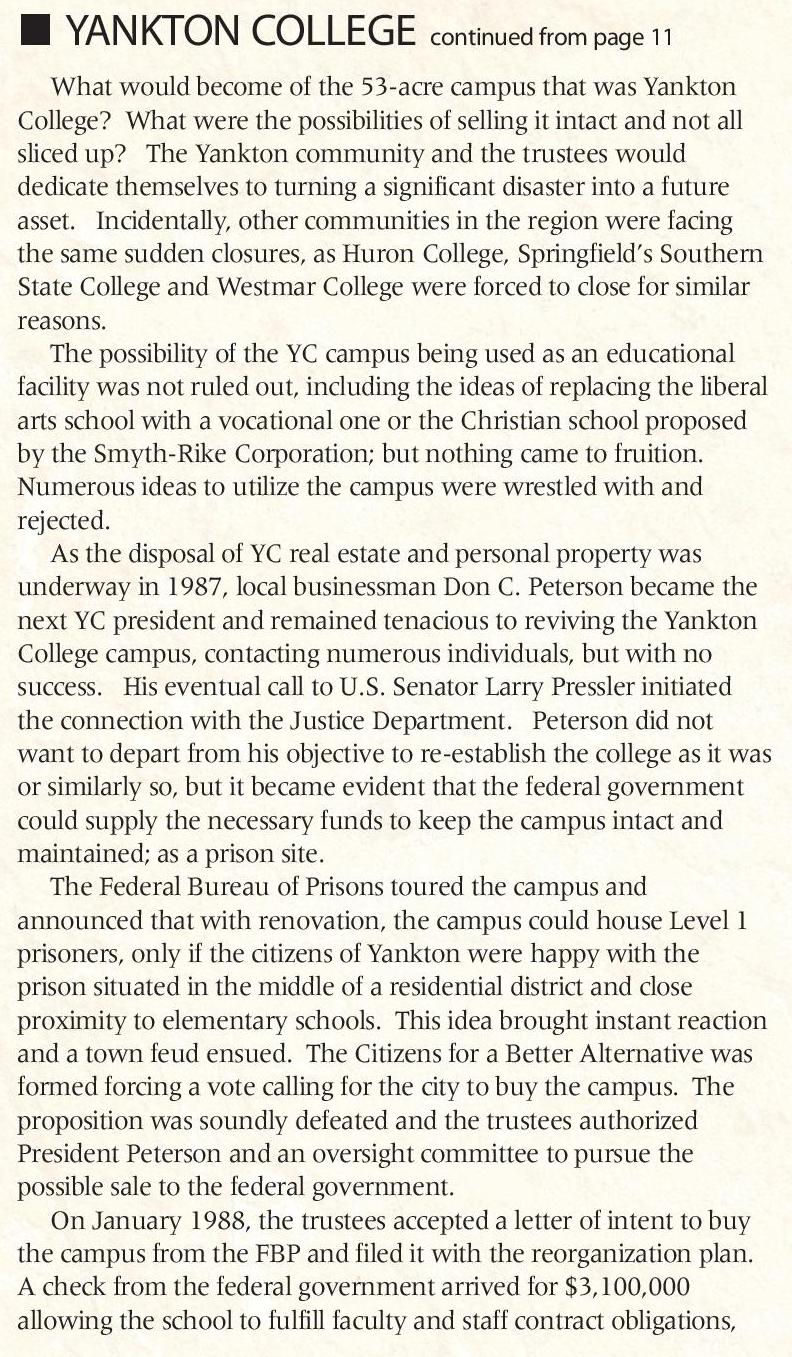




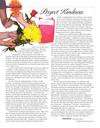

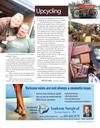



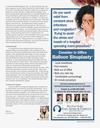


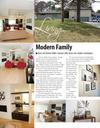





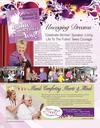



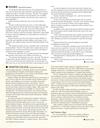


 Previous Page
Previous Page

